
How to Grow, Harvest and Use Rosella (Hibiscus sabdariffa) Our Permaculture Life
Roselle ( Hibiscus sabdariffa) is a species of flowering plant in the genus Hibiscus that is native to Africa, most likely West Africa. In the 16th and early 17th centuries it was spread to Asia and the West Indies, where it has since become naturalized in many places. [1]
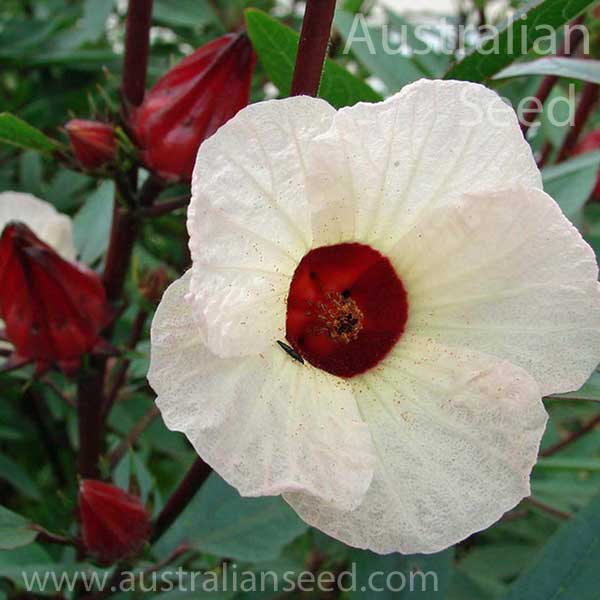
HIBISCUS sabdariffa, Rosella Cocktail Red, Buy Australian Seed
Roselle Hibiscus Sabdariffa (Roselle or Sour Tea) is a tea where the usually dark colored flowers are used to brew. It appears to inhibit carbohydrate absorption to a degree and appears to be effective in reducing blood pressure. Dosage Examine Database Research feed Refer and Earn Roselle is most often used for Cardiovascular Health.

Roselle flower (Hibiscus sabdariffa). r/gardening
Presoak seeds overnight before planting for best results. If starting indoors, a heating mat is recommended as the seed will germinate best in warm soils. Roselle prefers well-draining soil but does like plenty of water. Do not add high nitrogen fertilizers as this will cause fewer calyxes to form but plant with some compost.
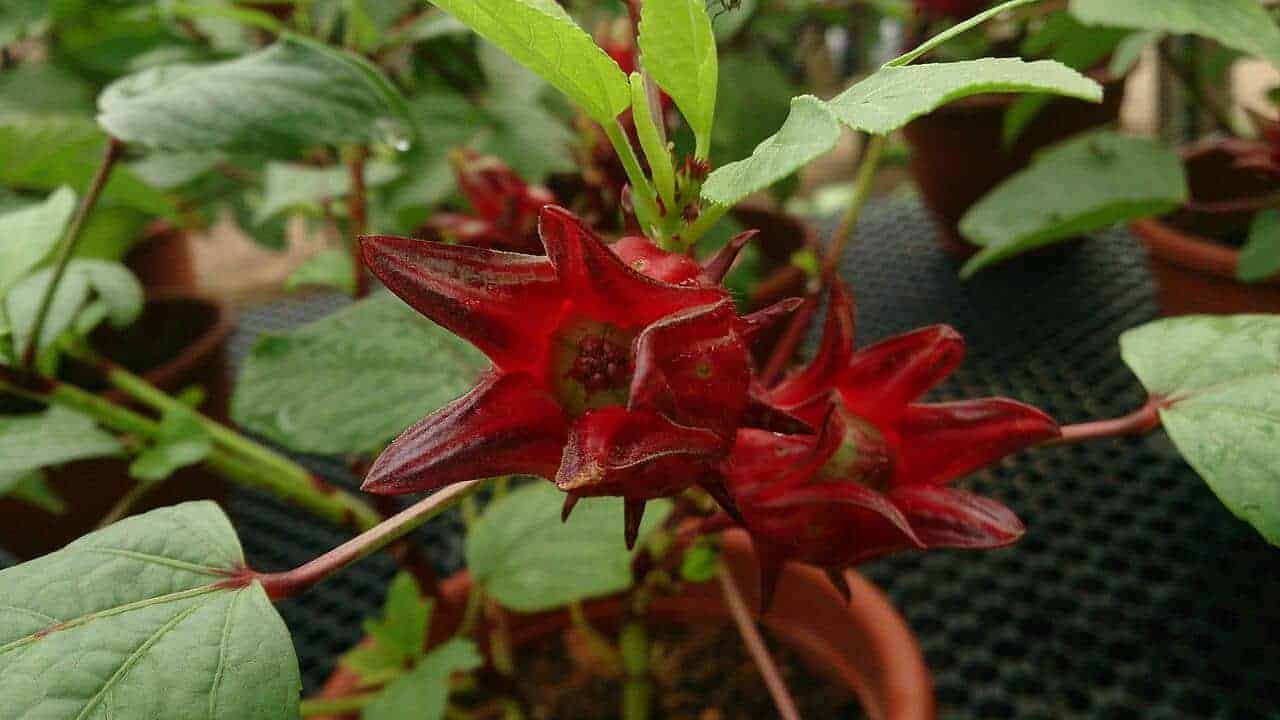
Rosella Hibiscus sabdariffa Tucker Bush
Description Roselle is highly edible plant that is related to okra. In tropical and subtropical regions around the world the leaves are consumed as a vegetable, a spicy version of spinach. They are used in food preparation, while the calyx and flowers are used as a flavoring, coloring and for making teas.

Hibiscus sabdariffa. La flor de Jamaica, rosa de Jamaica, hibisco. Plantas Ornamentales
Beautiful wine-colored flowers in summer give way to pursed calyxes in fall for multiseason interest. Roselle ( Hibiscus sabdariffa, Zones 9-11) continues to get attention from those wishing to introduce a unique edible to their garden. Gardeners everywhere are adding this wonderfully versatile plant to their growing palette.

Hibiscus sabdariffa Roselle Evergreen
Hibiscus sabdariffa plants are typically grown as annuals in most parts of the world. If you live in a USDA growing zone 9 or higher, though, you can grow it as a perennial in your area. Height can vary based on growing conditions and whether you are growing it as an annual or a perennial. In my area, it tends to grow to be about 6 feet tall.

La Rosella Fruttifica Hibiscus Sabdariffa L Fotografia Stock Immagine di esotico, alimento
Roselle hibiscus, red sorrel, Jamaican sorrel, and Florida cranberry are a few of the many names for " Hibiscus sabdariffa" , which is a tasty and stunning addition to the garden. Although a perennial , roselle is usually grown as an annual.

Roselle (plant) Roselle (Hibiscus sabdariffa) is a species of Hibiscus probably native to West
Roselle ( Hibiscus sabdariffa) is also called Florida cranberry, red sorrel, or Jamaica sorrel, although it is actually native to Central and West Africa and is grown around the world. The part of the plant that is edible are the calyces of the roselle flower which can be used to make a variety of jams, sauces, and teas. Characteristics
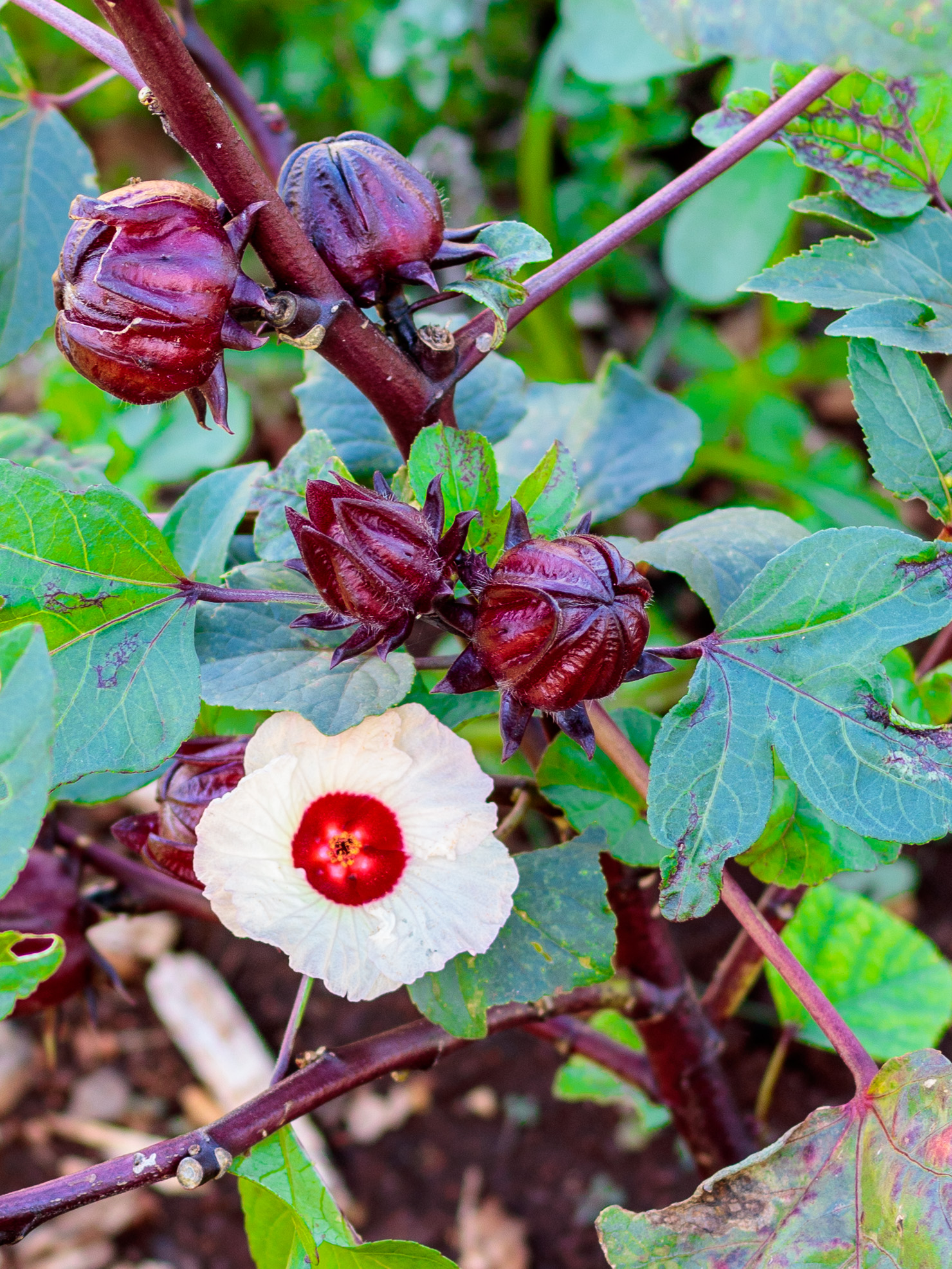
Roselle Hibiscus Sabdariffa Poppys Wild Kitchen
Hibiscus sabdariffa or rosella is originally native to tropical West Africa, India and Malaysia but has long since been naturalised in many other tropical and subtropical countries including Australia, occurring largely in the tropical north. Hibiscus Sabdariffa Plant Details

Roselle (Hibiscus sabdariffa linn) Hibiscus, Roselle, Australian native plants
Roselle is an erect, bushy herbaceous subshrub that tops out at anywhere from four to seven feet tall and almost as wide. Stems are typically round and smooth. Alternate, deeply lobed green leaves are usually three to five inches long with reddish veins and toothed margins. When flowers first open, they are light yellow with a rose or maroon eye.
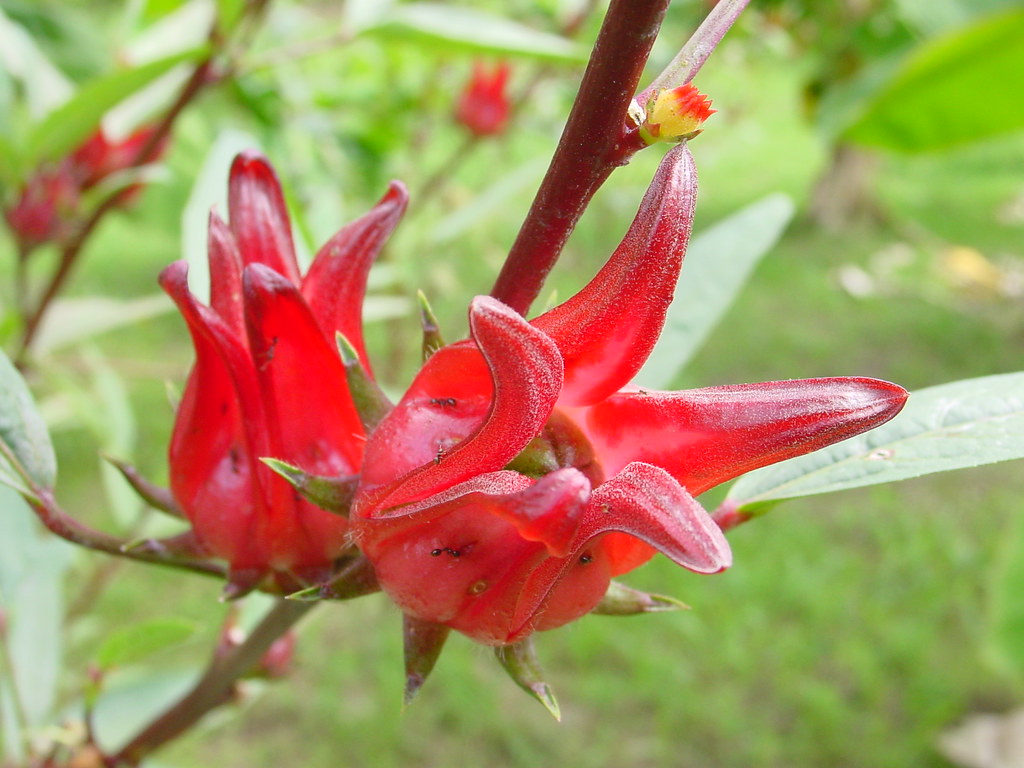
Hibiscus sabdariffa (Roselle plant) Karl Gercens Flickr
Hibiscus sabdariffa, Roselle 4.0 Write a review HEIRLOOM. Sweet, non-bitter, cranberry-like aroma and flavor! Exotic, beautiful, and easy. At only 2 to 3 feet high and wide, this fast-growing Rose of Sharon relative makes a splashy addition to your flower bed or herb garden.

Rosella (Hibiscus sabdariffa) Yandina Community Gardens
Benefits of Rosella (Hibiscus sabdariffa) Rosella is high in vitamin C (9 x stronger than orange) Easy to grow Fast growing Hardy and pest resistant How to use Rosella: eat the leaves - also known as Pacific Sorrel or Red Sorrel. It has a lovely lemony taste like sorrel - a little in a salad, mostly I use it in stir fry and curry.

Premium Photo Rosella or hibiscus sabdariffa isolated on white background.
Abstract Recently, the increasing consumer preference for various products of the calyces has driven production to its economic benefit. Roselle is highly perishable when fresh, and its value rises rapidly under extreme conditions of droughts or floods.

Rosella (Hibiscus sabdariffa) Yandina Community Gardens
Description. Hibiscus sabdariffa is an annual or perennial herb or woody-based subshrub that grows up to 8 feet (2.4 m) tall. Leaves are deeply 3- to 5-lobed, up to 6 inches (15 cm) long, and arranged alternately on the stems. Flowers are up to 4 inches (10 cm) in diameter, white to pale yellow with a dark red spot at the base of each petal.

Rosella, Hibiscus sabdariffa 4 Jerry ColebyWilliams
What is a roselle plant? It's a tall, tropical, red and green shrub that makes for a colorful garden addition or hedge, and tastes an awful lot like cranberries! Keep reading to learn more about how to grow roselle plants. Roselle Plant Care Native to tropical Africa, roselle ( Hibiscus sabdariffa) is common in the tropics worldwide.
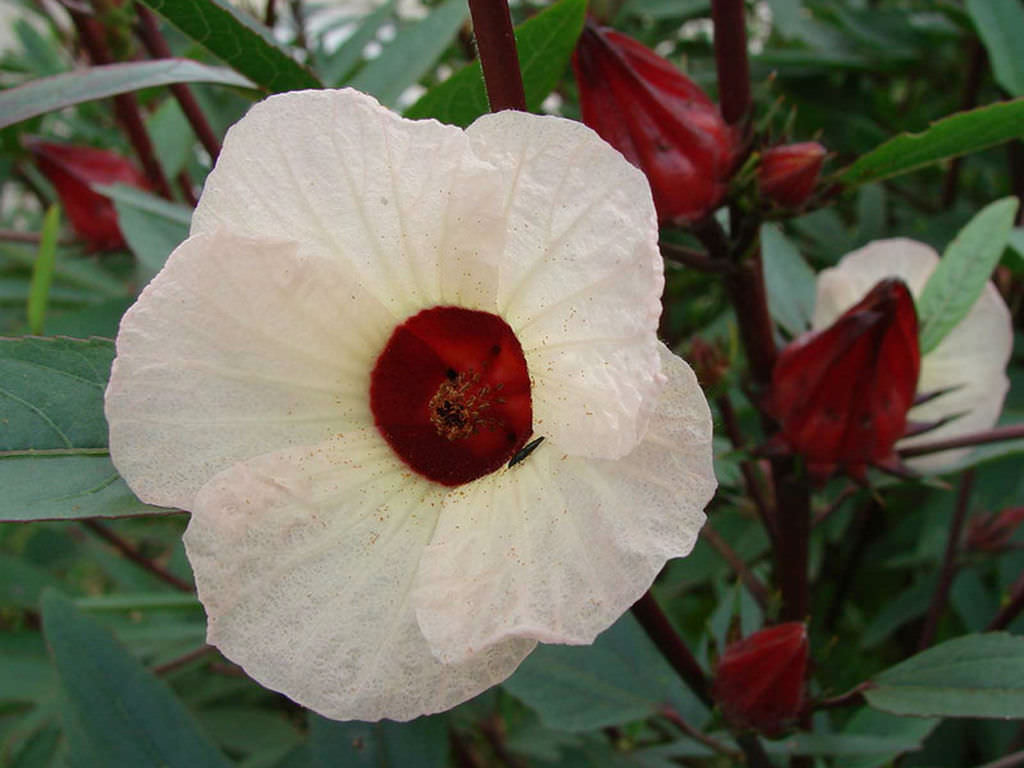
Hibiscus sabdariffa (Roselle) Türkiye nin Sukulent ve Kaktüs Marketi!
Roselle is a prolific producer. One plant produces dozens and dozens of calyces over the course of the season. These are my picks for the best recipes to help you use the roselle calyces that are growing in your garden. 1. Rosella Jam - This Australian favorite has quickly become our favorite way to use roselle. 2.